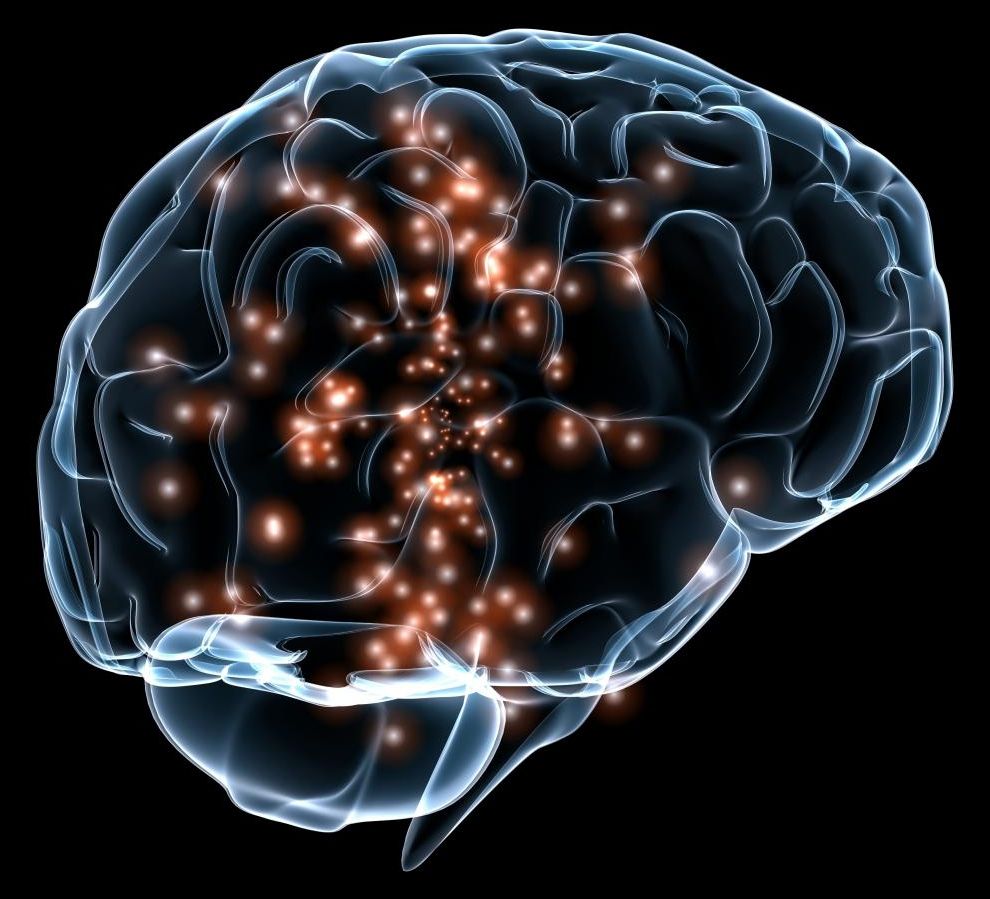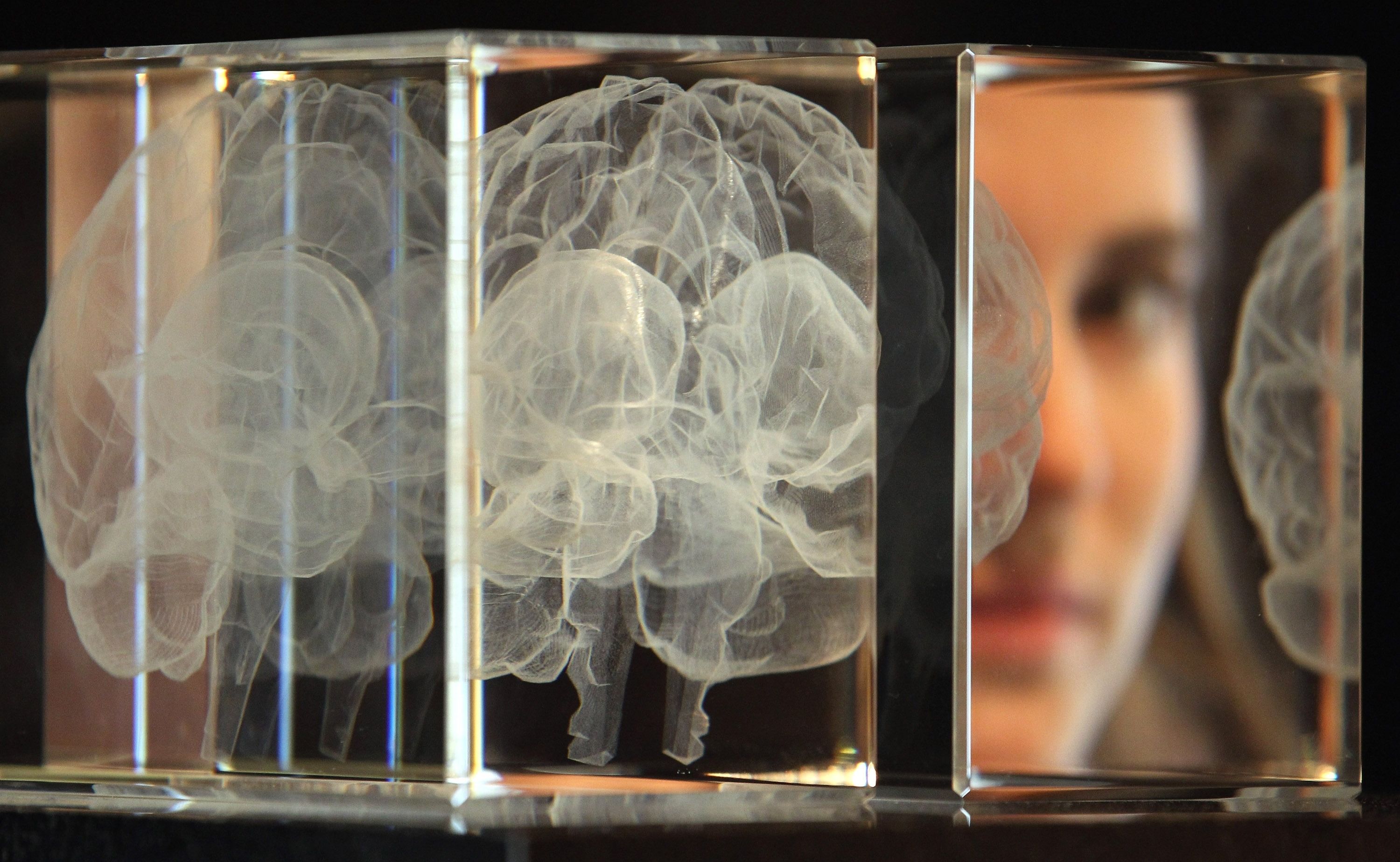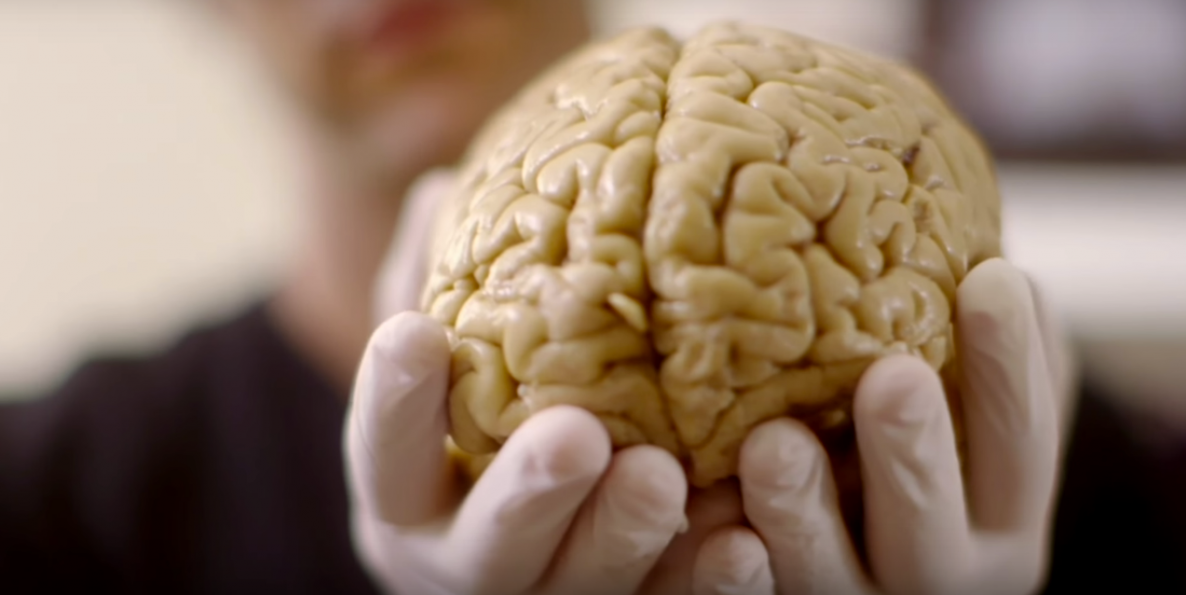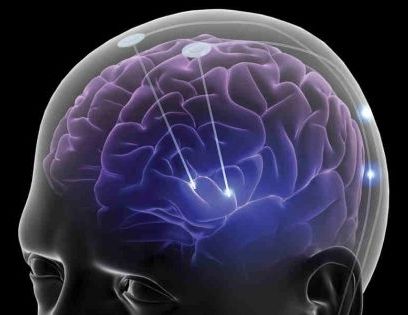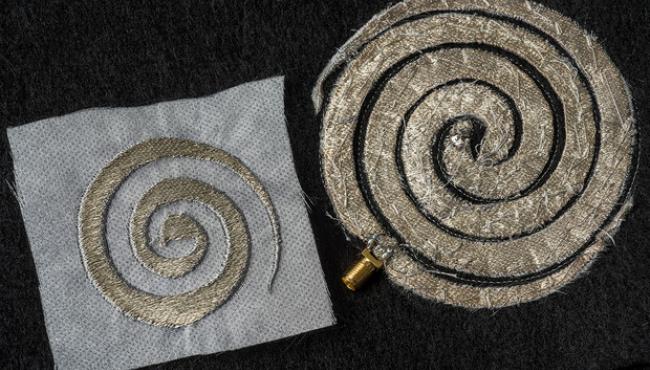Interesting and will be important in brain/ neuro replicating and enhancements.
Memories formed in one part of the brain are replayed and transferred to a different area of the brain during rest, according to a new UCL study in rats.
The finding suggests that replay of previous experiences during rest is important for memory consolidation, a process whereby the brain stabilises and preserves memories for quick recall in the future. Understanding the physiological mechanism of this is essential for tackling amnesiac conditions such as Alzheimer’s disease, where memory consolidation is affected.
Lead researcher, Dr Freyja Ólafsdóttir (UCL Cell & Developmental Biology), said: “We want to understand how a healthy brain stores and accesses memories as this will give us a window into how conditions such as Alzheimer’s disease disrupt the process. We know people with Alzheimer’s have difficulty recalling the recent past but can often readily remember childhood memories, which seem more resilient. The parts of the brain we studied are some of the first regions affected in Alzheimer’s and now we know they are also involved in memory consolidation.”
